Cemeteries mirror living societies. They are a small version of the city they’re in and reflect the same social patterns, Barcelona’s Montjuïc Cemetery is no exception.
This is especially true for the Cementerio de Montjuïc in Barcelona. In this cemetery, some of Catalonia’s wealthiest families have tried to outdo each other for ages. They built the most impressive buildings and, at the graveyard, they competed for the most impressive tomb.
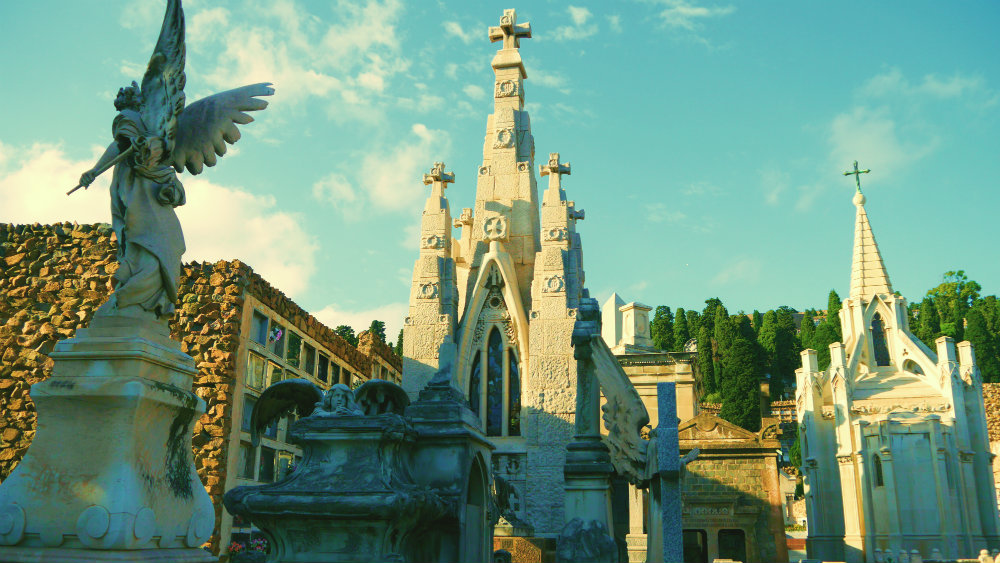
The Amatllers and the Batllós were two of these feuding families from Barcelona who were well-known for trying to outshine each other with their homes on Passeig de Gràcia Avenue. Their houses, built on the “Illa de la Dicòrdia,” are world-renowned. Batlló House, for example, was designed by famous architect Antoni Gaudí.
The beef between these families extended into the afterlife. The Amatllers built a neo-Romanesque church-like mausoleum, while the Batllós rest in a neo-Egyptian-style structure. Both designs were popular during the Art Nouveau period of the late 19th and early 20th centuries, which, in Barcelona, is referred to as Modernisme.
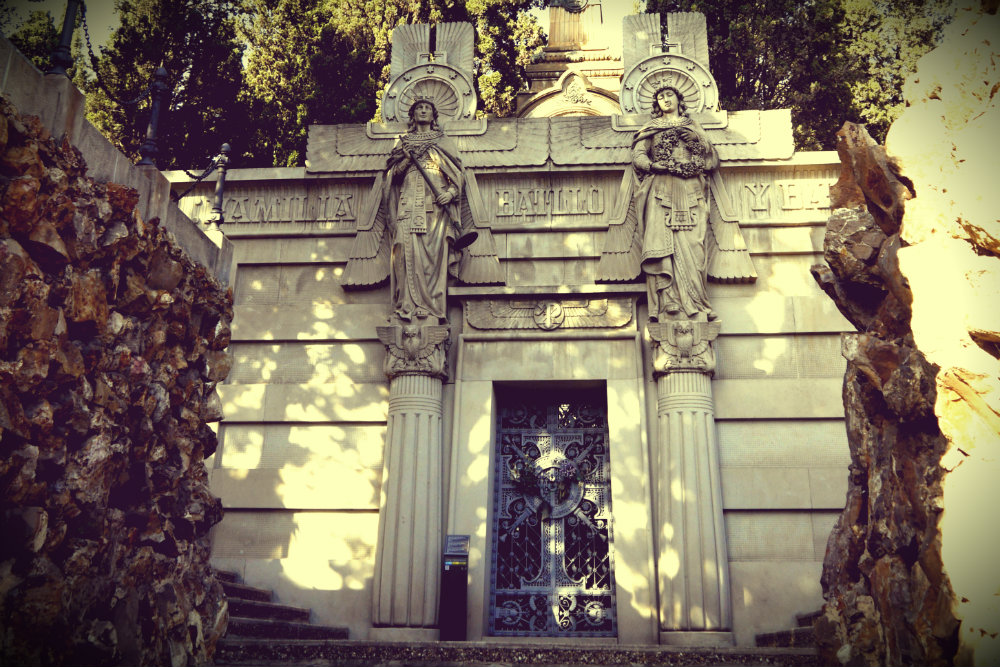
This cemetery stands out, not just for the dramatic view of the ocean from its hillside spot but for the varied styles of the structures and mausoleums within.
Much like the city of Barcelona, where Art Nouveau reigns supreme, Montjuïc mirrors this trend. Many respected architects from the Modernisme Català movement, like Gaudí, are celebrated for their architectural contributions throughout the city, but many also made extra cash by designing elaborate final resting places for the wealthy of the time. I guess we all have to make a living somehow.
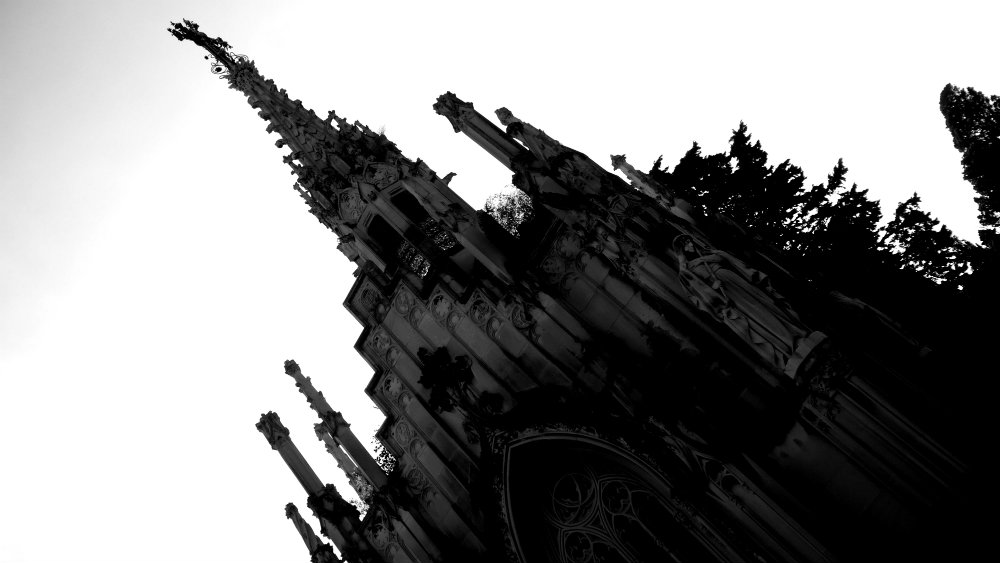
Although Montjuïc Hill was used as a place of burial for the local Jewish population in the Middle Ages (in fact, Montjuïc literally means “Judaic Mountain” in old Catalan), the cemetery didn’t open until March 17, 1883.
As with other large European graveyards such as La Almudena or Père Lachaise, the creation of Montjuïc, on the outskirts of the old city, was a matter of public health (and, let’s be honest, available space).
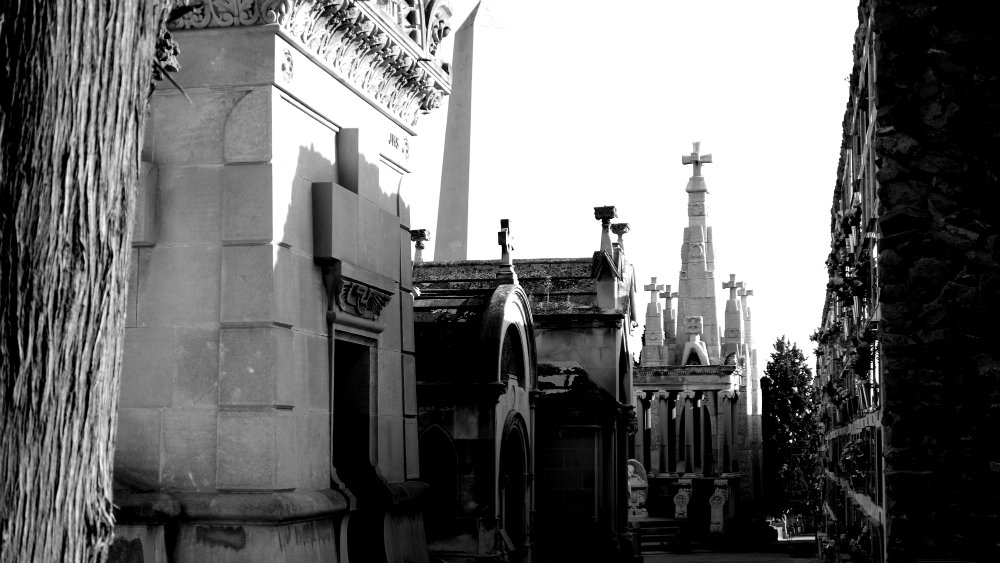
In the late nineteenth century, Barcelona had small cemeteries in Sant Andreu, Sant Gervasi, Sants, and Horta, plus a larger one in Poble Nou, also known as Cementiri de l’Est. However, the expansion of the city during the Industrial Era forced the authorities to come up with a plan to design a new large necropolis on the southern slope of the Montjuïc mountain.
As a novelty, this new cemetery was designed with spaces designated for burials of people of different religions. Back then, that meant protestants and atheists.
Fast-forward to today and Montjuïc Cemetery is still in use, though it’s a snug fit with no room to grow. A visit to the cemetery is like a stroll through time. Start at the bottom with the old timers’ graves, then advance uphill to where the newcomers rest.
Overall, Montjuïc Cemetery is one of the most evocative and beautiful places in Barcelona.
Montjuïc Cemetery: Useful Information and Practical Information for Your Visit
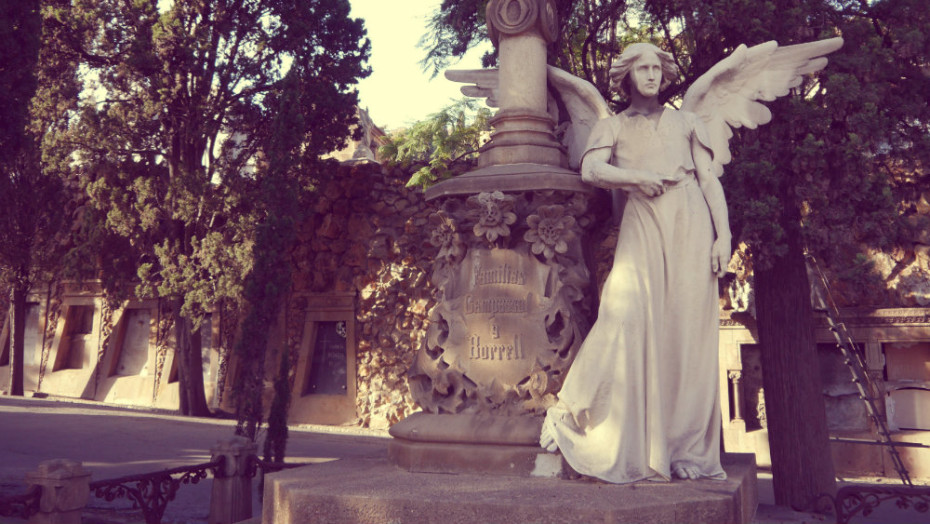
Montjuïc Cemetery sits overlooking the sea in Barcelona. This place of rest is well-known for its beautiful sculptures and panoramic city views. For those planning a visit, here’s what you need to know:
The location of Montjuïc Cemetery is Carrer Mare de Déu del Port, 56-58. There are several options to get there using public transportation. Bus number 21 takes you right to the cemetery gates. Alternatively, tour bus routes often include a stop at this site. If you prefer more independence, consider renting a bike.
You can visit any day, as the cemetery opens at 08:00 every morning. However, closing times vary throughout the year: from April to September, it closes at 20:00, and from October to March, it closes earlier, at 18:00.
Interested in learning more about the historical and artistic aspects of the cemetery? Guided tours are available. These tours provide insight into the symbolism behind gravestones and mausoleums and give visitors an understanding of why this cemetery is important for Barcelona’s heritage. Activities include photography workshops.
Finally, if you’re heading out to Montjuïc Cemetery, here are some useful tips:
- Wear comfortable shoes, as the terrain can be uneven, and there’s quite a bit of walking involved.
- Bring water and perhaps a snack; there aren’t many facilities once you’re inside.
- A hat and sunscreen are wise if you visit in warmer months.
- Respect the quiet atmosphere of the site; this is still an active cemetery.
- Check the weather forecast before your visit; an umbrella might be necessary as many areas are exposed.
- You can take photos, but remember to be respectful of this sacred place.
Before planning your trip, remember to check for any changes in opening hours or accessibility due to events or maintenance work. You can check the official city council’s website.
Famous burials in Montjuïc Cemetery and how to find them
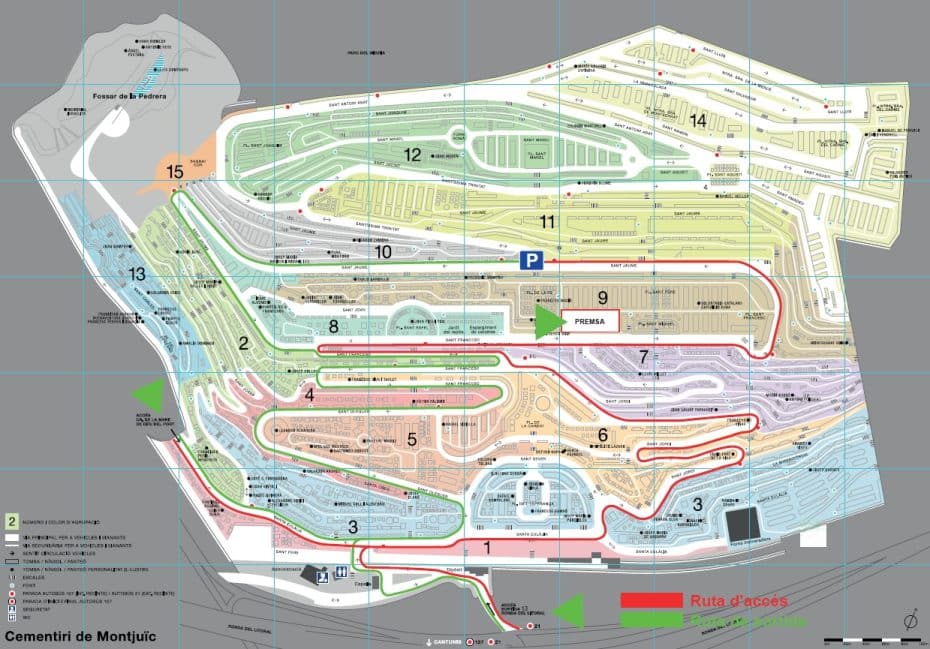
Montjuïc Cemetery is the final resting place for many notable figures. You can explore and find the graves and memorials of people who have significantly impacted Catalan, Spanish, and international culture and history. This guide highlights some of the most recognized burials, detailing their exact locations, notable dates, distinct architectural styles, noteworthy architects involved, and the prominent deceased.
- Joan Miró: Internationally known painter, sculptor, and ceramicist. His grave is in the Sud-Oest Quadrant of the cemetery. This site is favored because of Miró’s impactful contributions to surrealism and abstract art. He passed on December 25, 1983.
- Josep Anselm Clavé: Composer – Known for choral music and cultural contribution. Central area, Gothic Revival mausoleum by architect Leandre Serrallach. Died in 1874.
- Francesc Layret: a lawyer and politician who fought for workers’ rights. His impressive mausoleum, located in the old section, was crafted by sculptor Frederic Marès in 1926.
- Carmen Amaya: One of the most famous flamenco dancers in history, buried in the Sud-Est quadrant. Her tomb is easy to spot due to its distinct design honoring her Romani heritage. She died on November 19, 1963.
- Josep Tarradellas: Was president of Catalonia’s government in exile during Franco’s dictatorship. He died on June 10, 1988, and is buried in the Sud-Est quadrant in an elegantly somber space reflective of his status.
- Lluís Companys: A former president of Catalonia and a symbol of Catalan nationalism, he was executed in 1940 by Franco’s regime. His tomb is a place of homage for Catalans, situated in the Montjuïc Cemetery’s Fossar de la Pedrera section.
- Francesc Macià: President of Catalonia whose commitment to Catalan autonomy remains influential. He died on December 25, 1933, with his grave in the prestigious Sud-Est quadrant.
- Margarida Xirgu: A renowned theater actress known for premiering many of Federico García Lorca’s plays. She died on April 24, 1969; her resting place is marked with a simple yet elegant tombstone in the old section.
- Pau Casals: Cellist and conductor, he’s an International music figure remembered through a monumental work designed by sculptor Ros i Bofarull, located in the musician’s dedicated area.
- Isaac Albéniz: A celebrated composer whose works are foundational to Spanish music literature, including pieces like “Iberia.” His tomb can be found in the historical central district and reflects his stature through its design after his death on May 18, 1909.
- Josep Vicenç Foix: Situated within area 16, he is iconic for his literary works and transformative Catalan poetry.
- Ildefons Cerdà: Urban Planner revered and buried in area F. He was lauded for designing Barcelona’s famous Eixample district layout.
- Àngel Guimerà: Playwright . His burial spot is adorned by sculptural work reflecting his status as a key figure in Catalan theatre literature, located at Section M Third Pavilion Main Avenue.
- Francesca Bonnemaison: Founder of Women’s Library – Located in the Eastern part, her burial spot is noted for its Neoclassical design and marks the resting place of a trailblazer in women’s education.
- Montserrat Caballe: Opera A prominent figure in opera, her grave draws crowds to the central area.
Montjuïc Cemetery: A Photo Essay
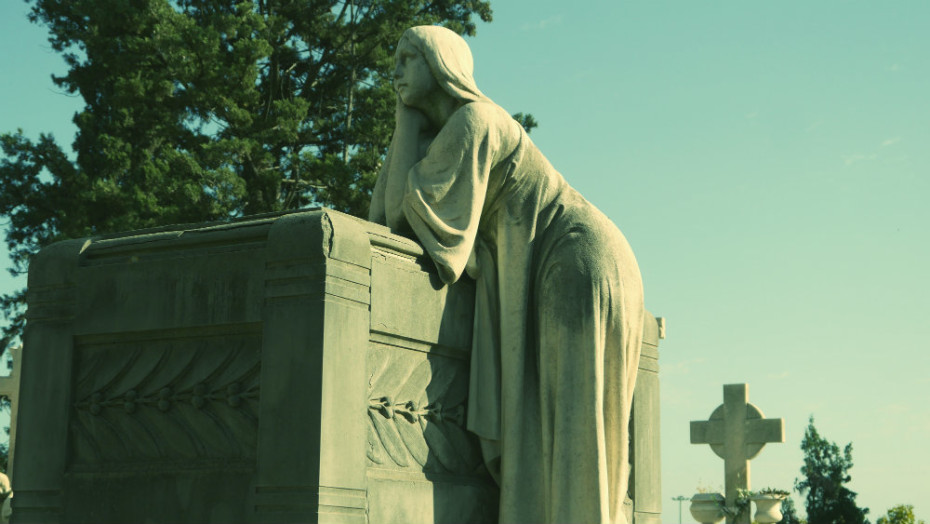
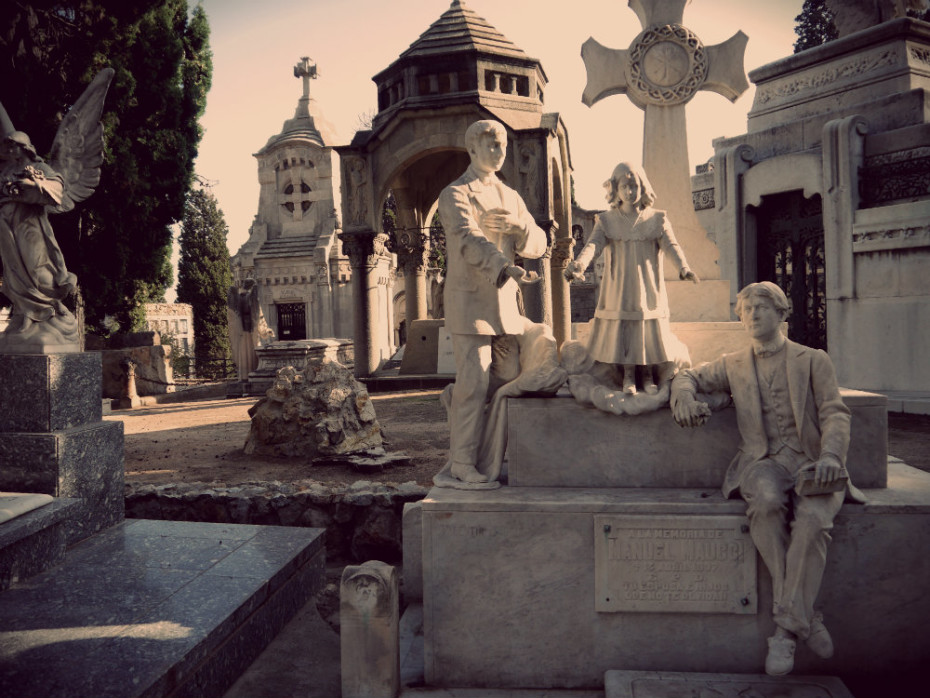
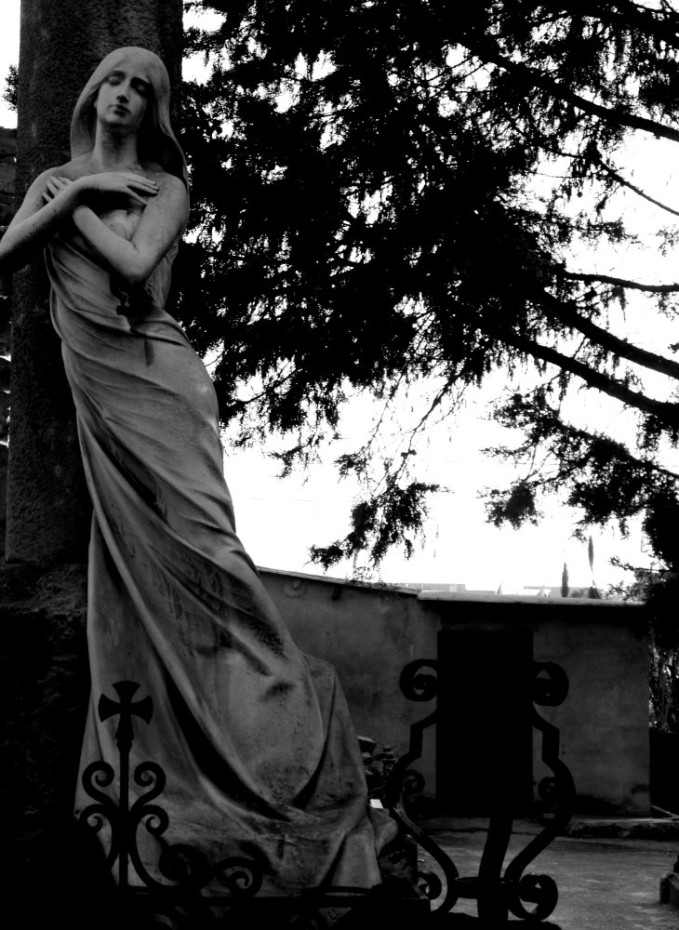
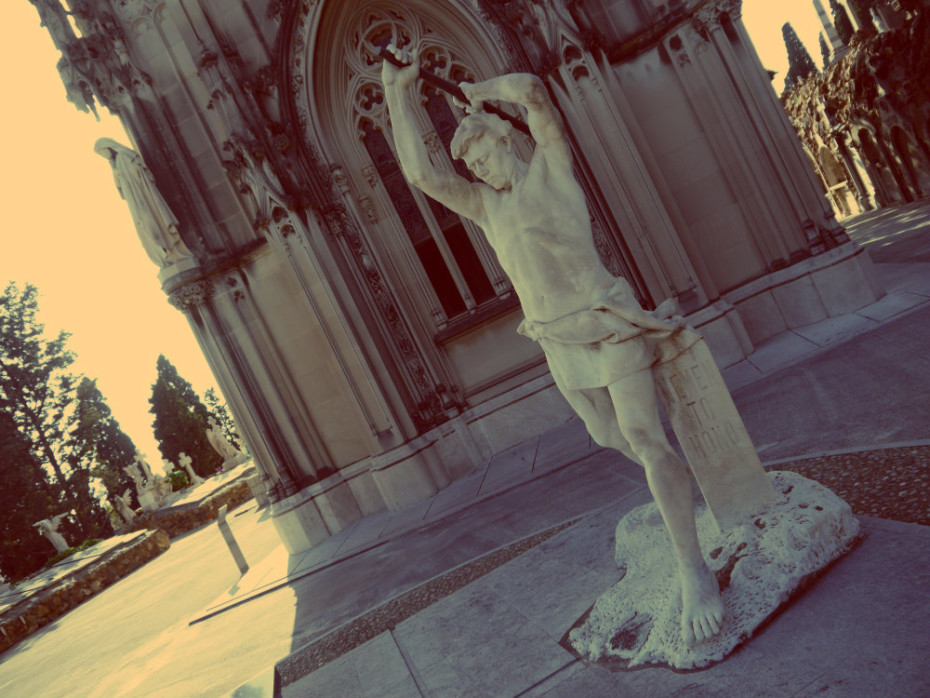
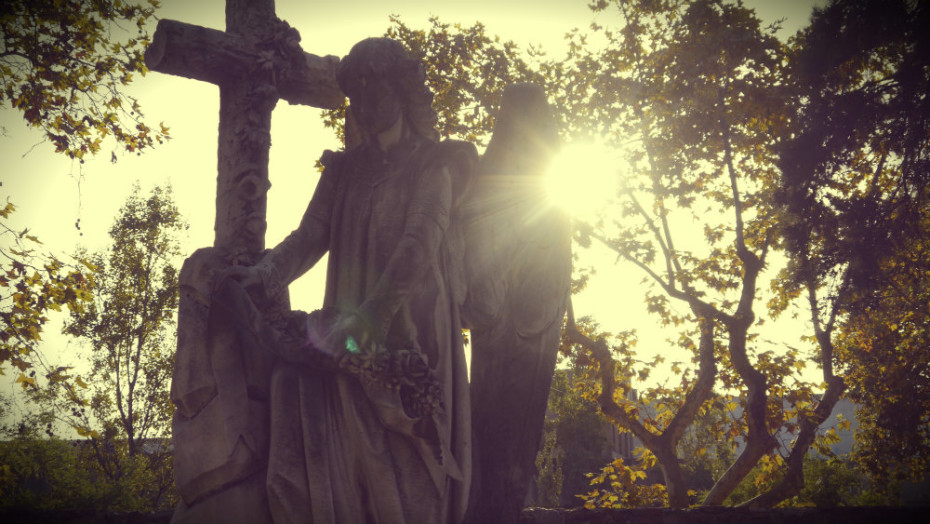
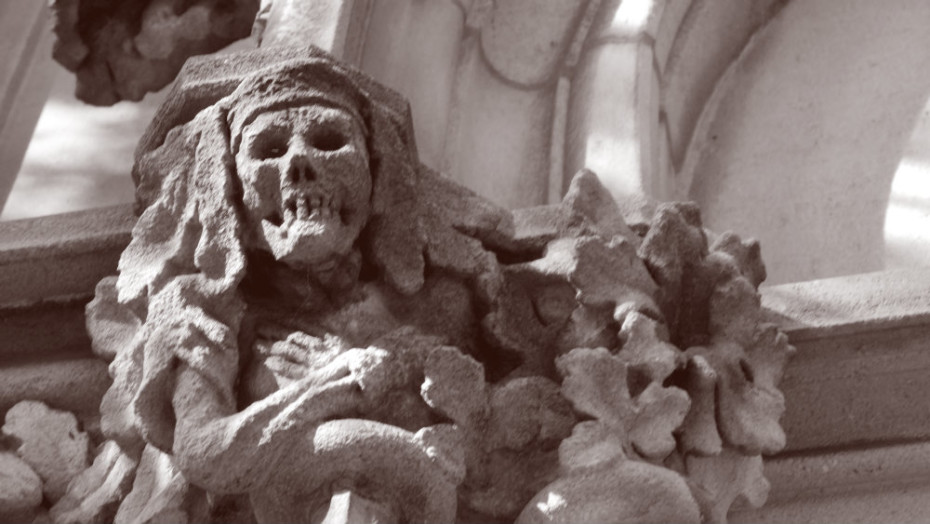
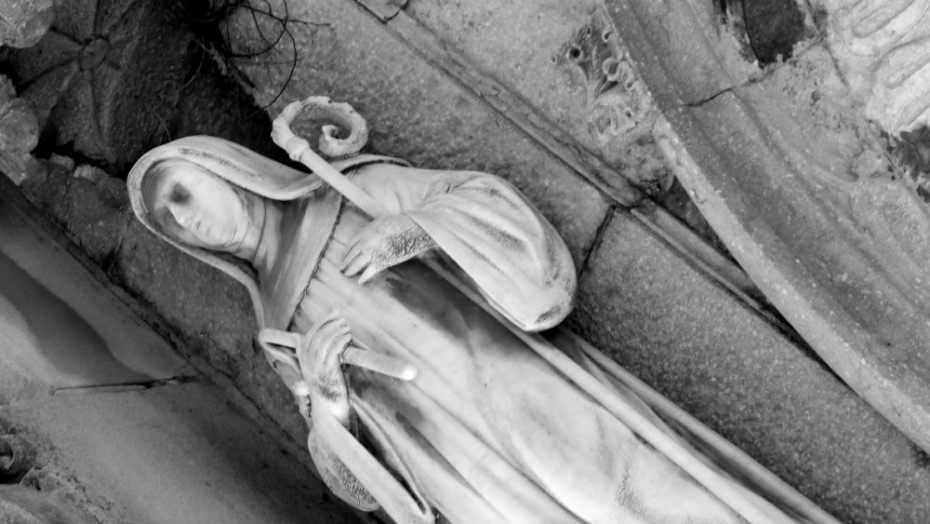
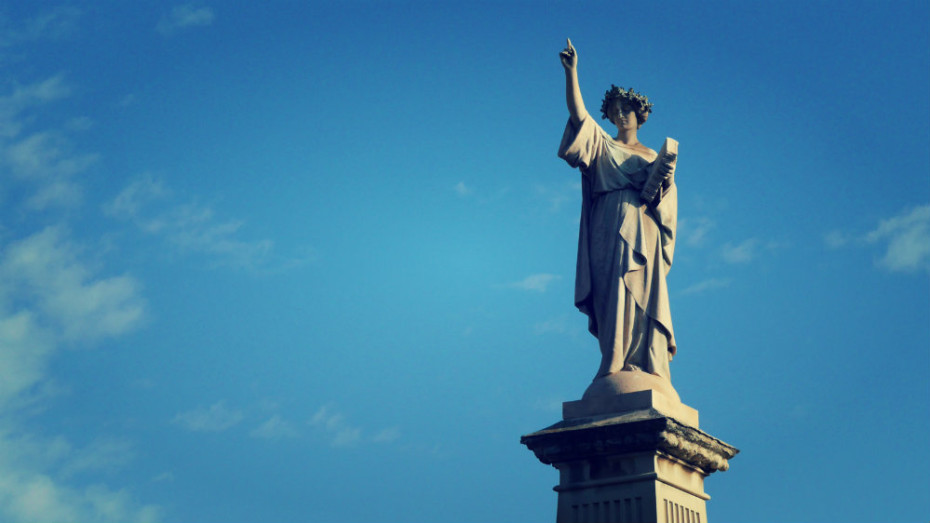
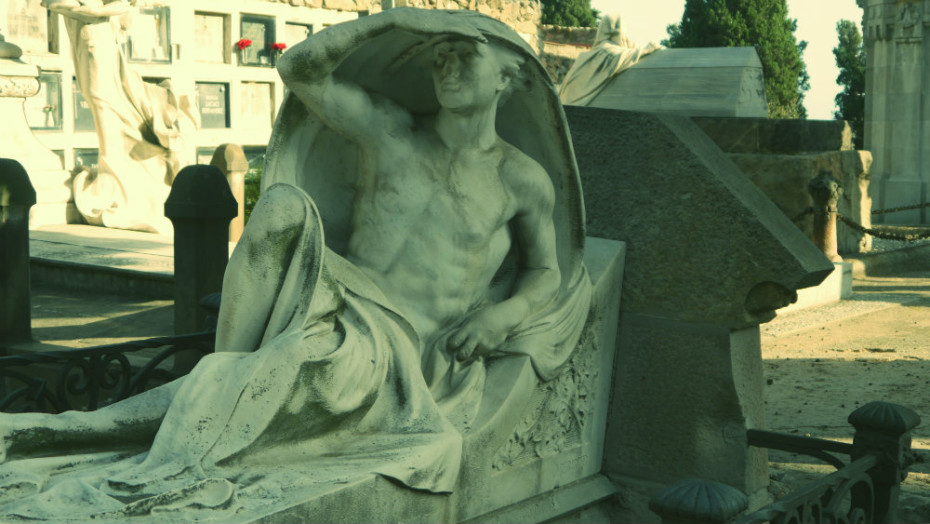
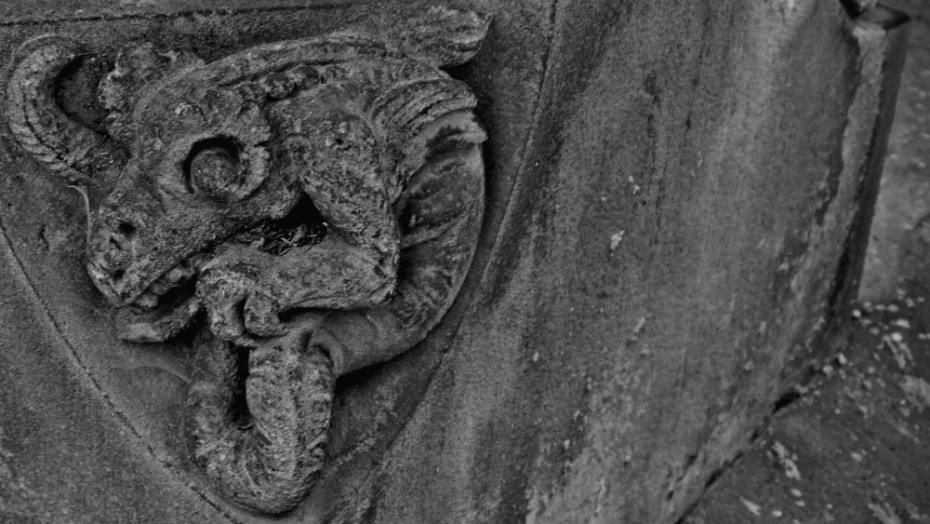
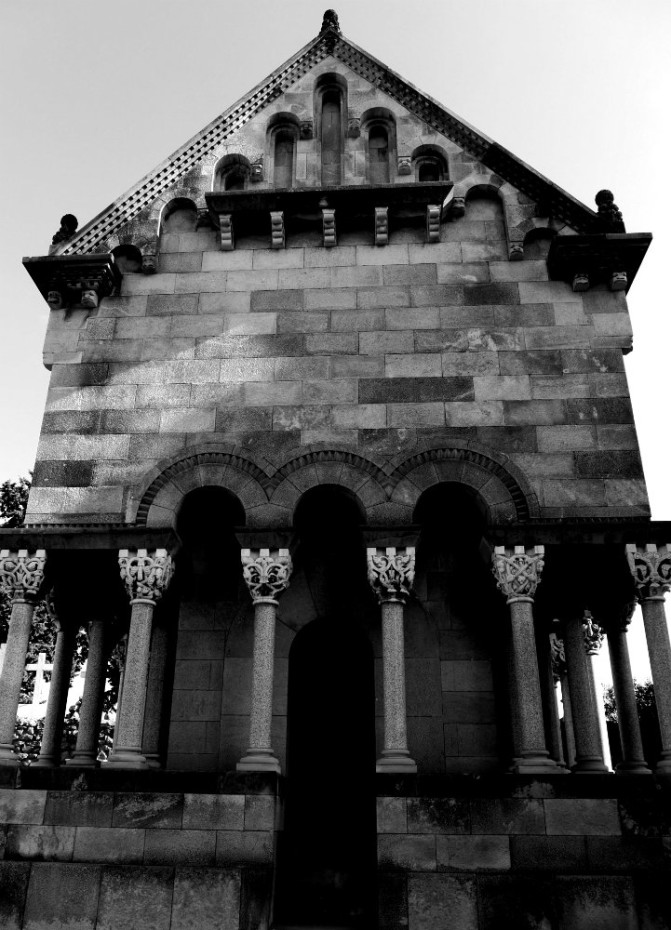
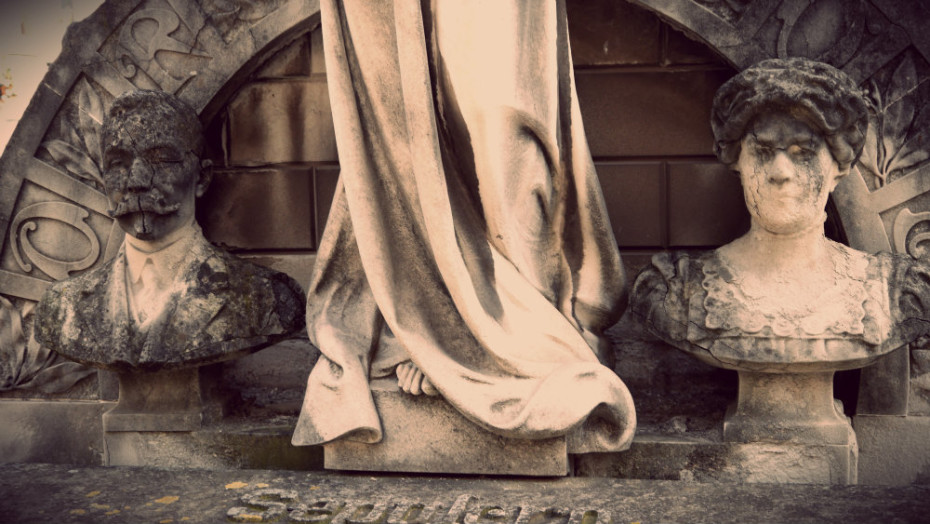
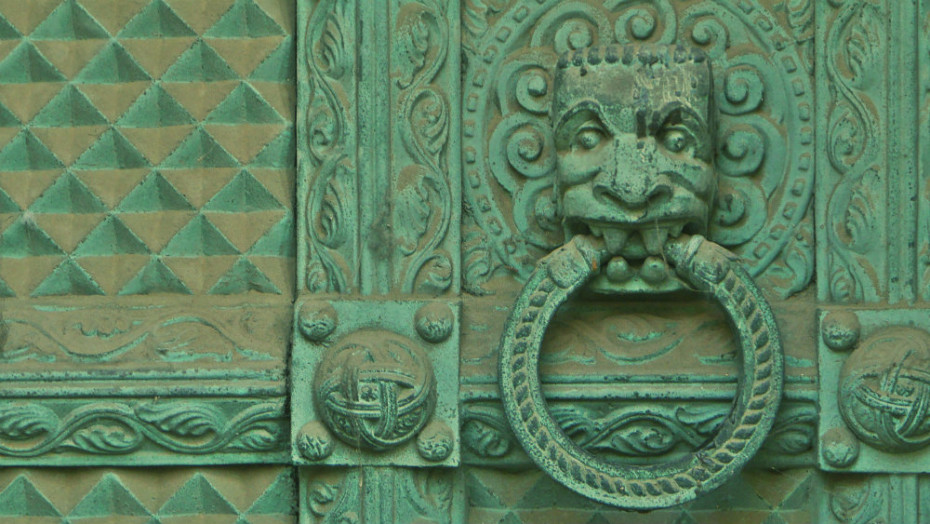
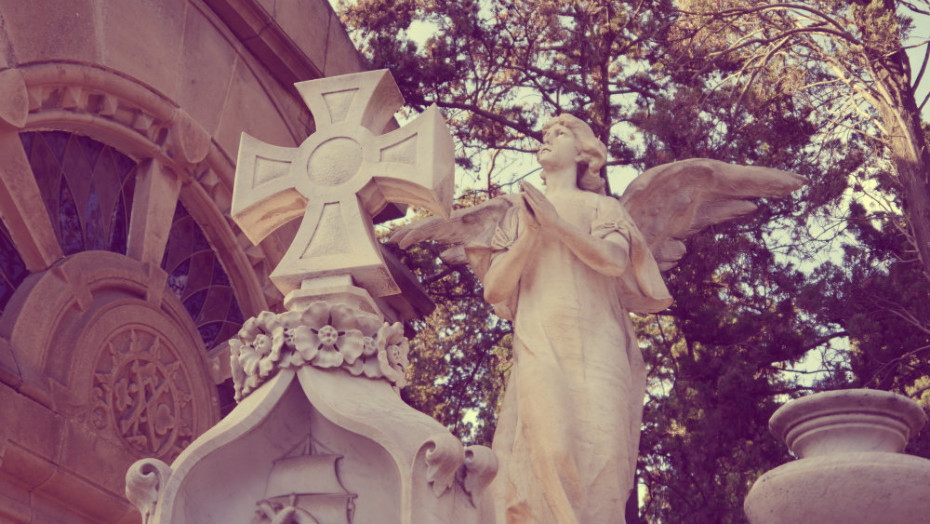
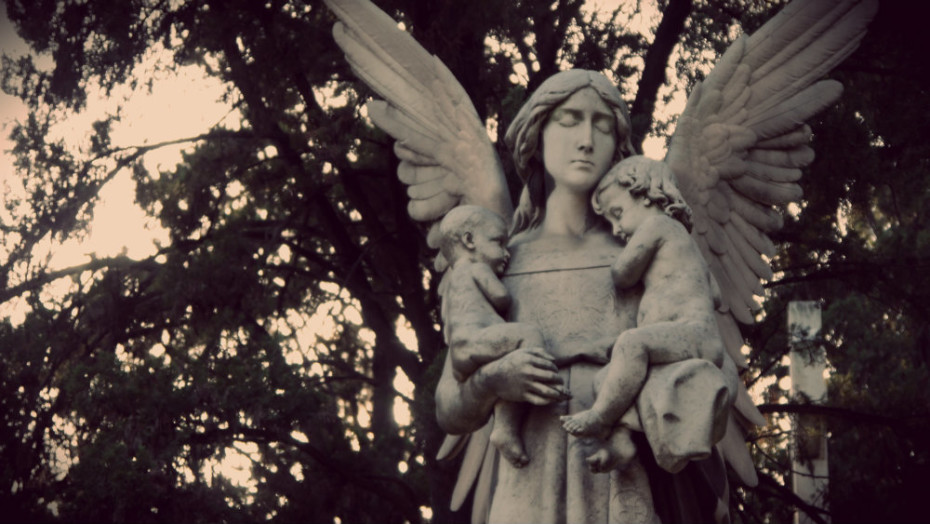
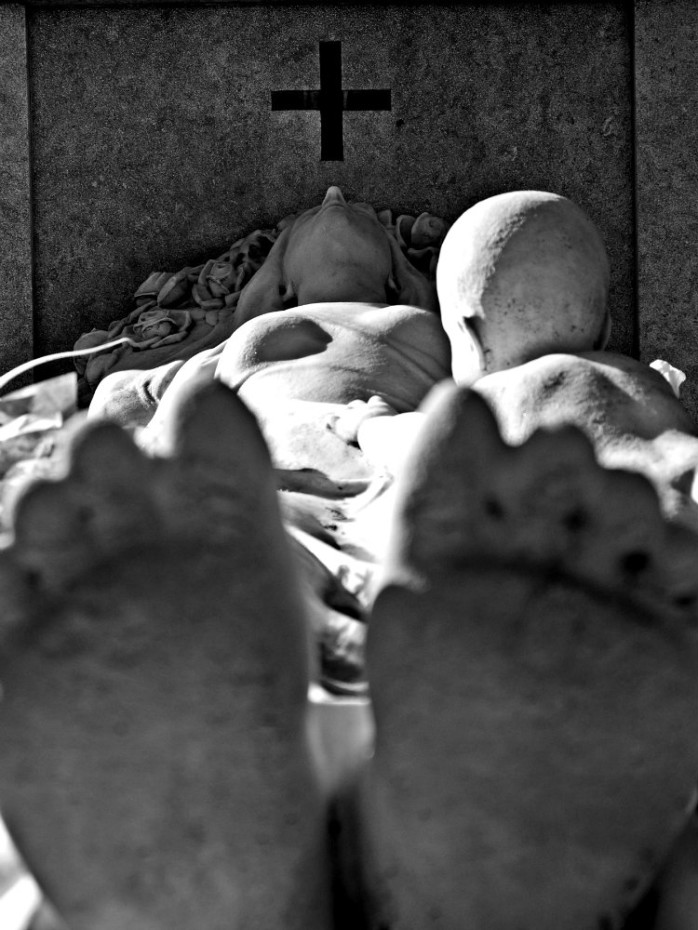
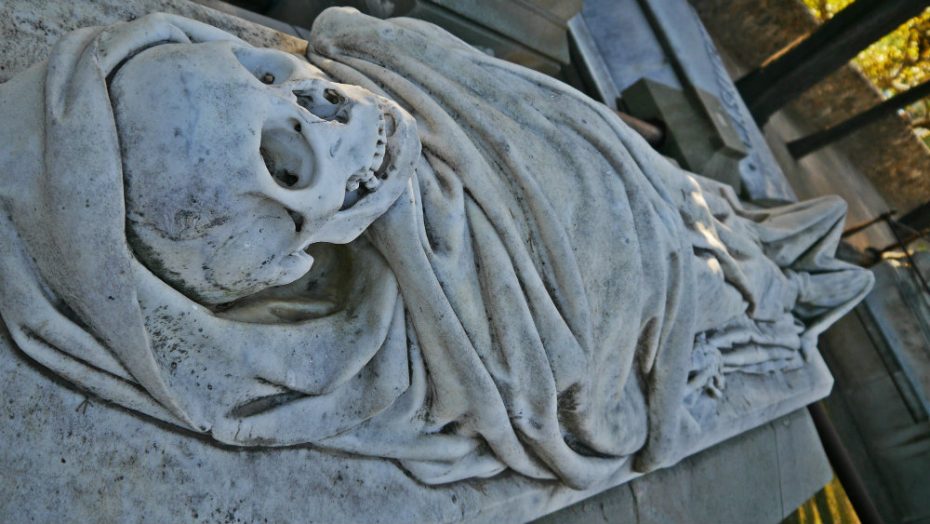
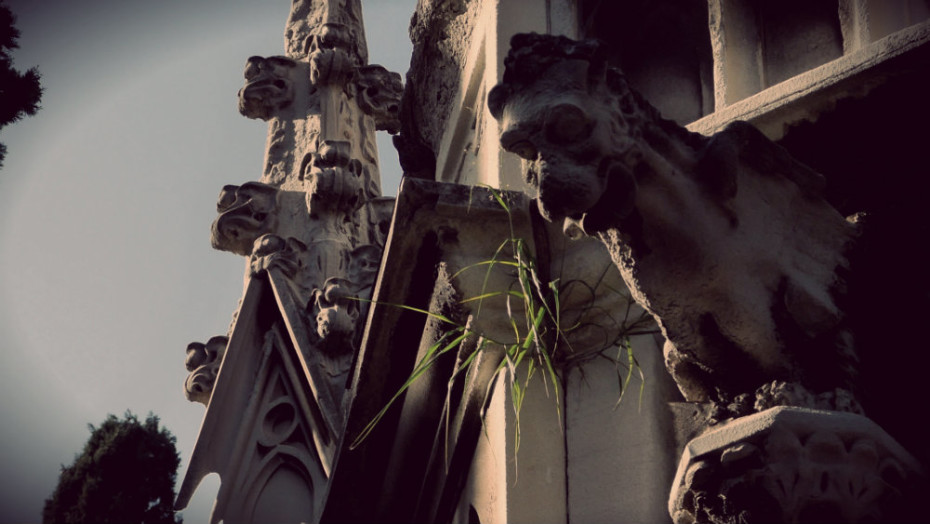
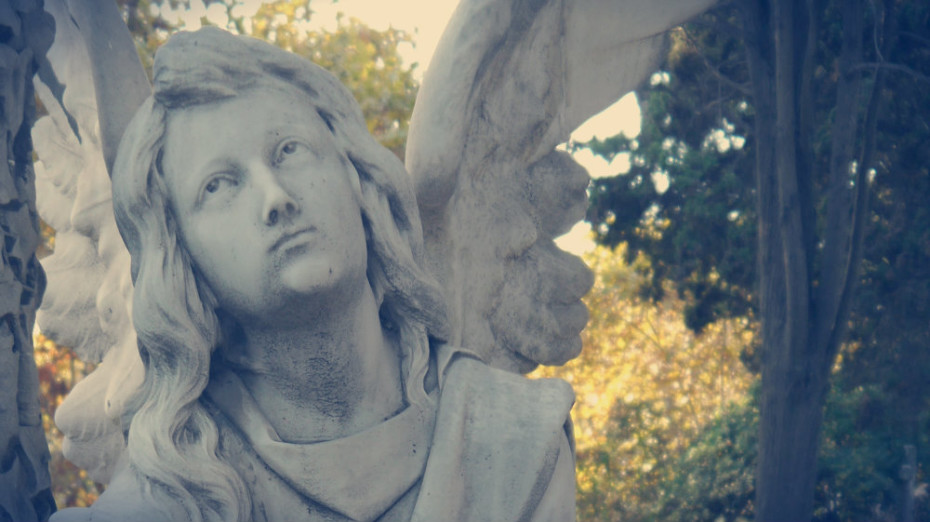
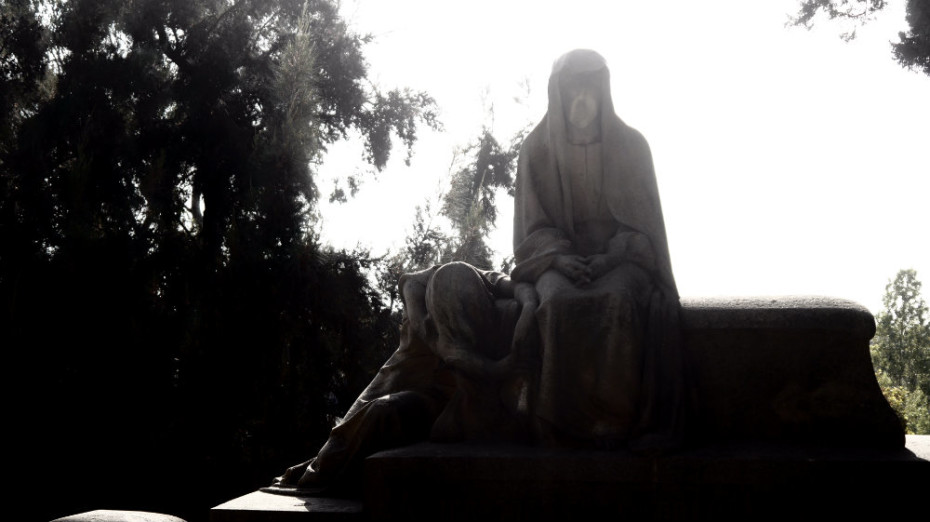
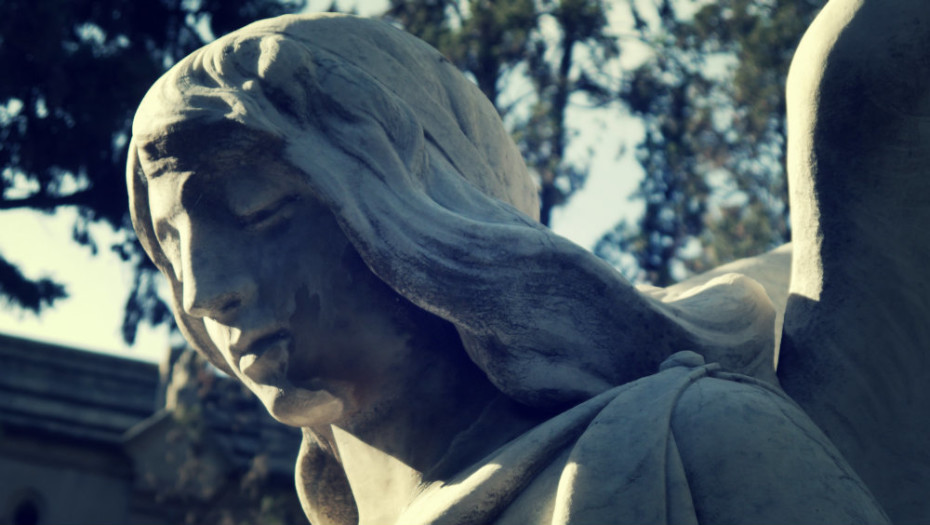
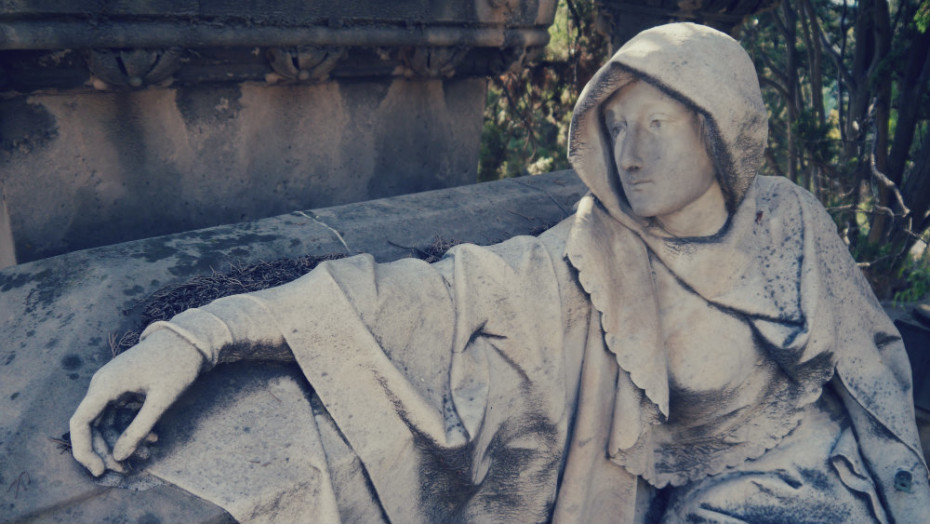
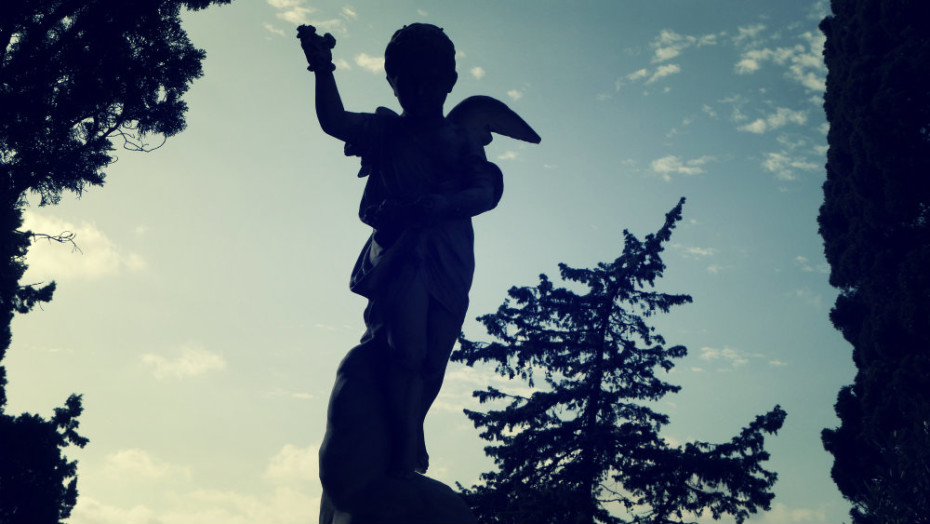
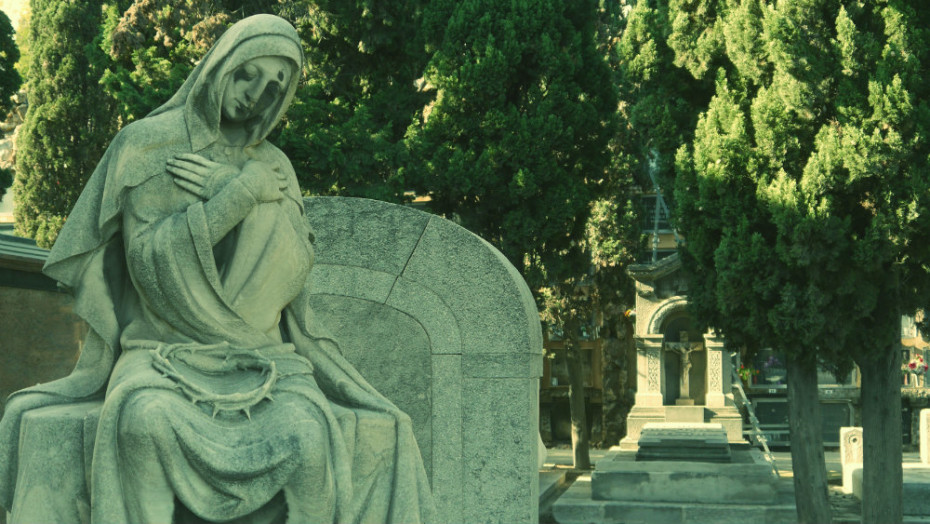
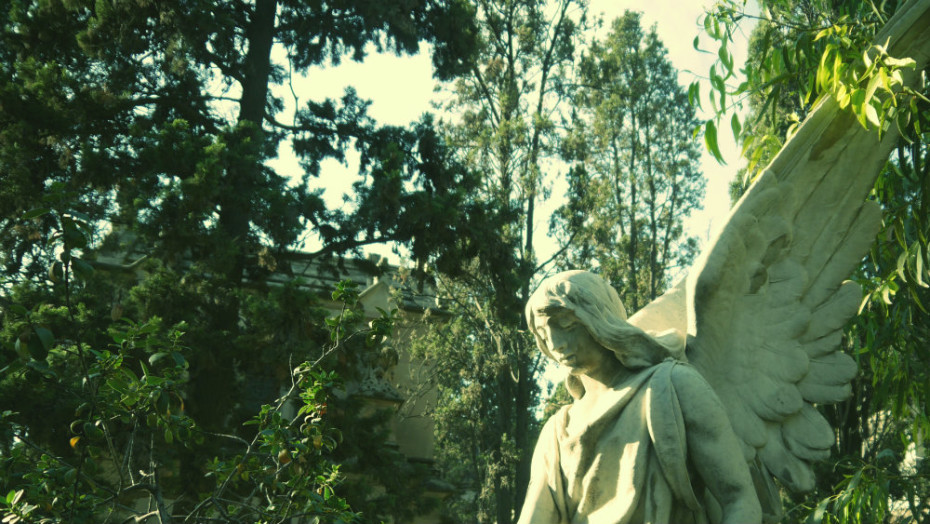
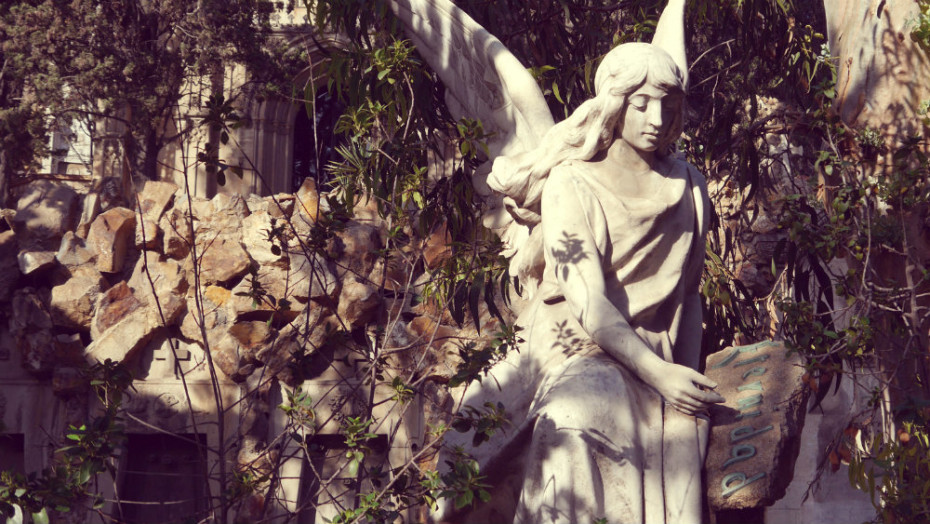


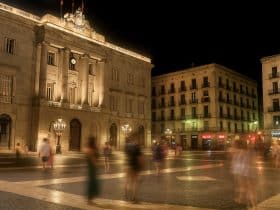


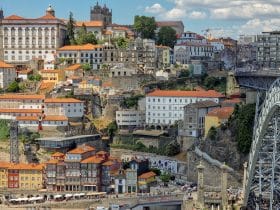
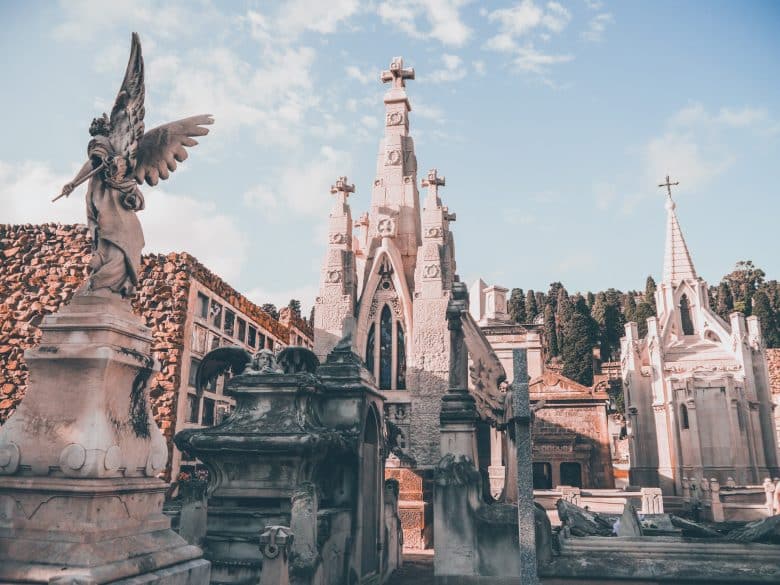
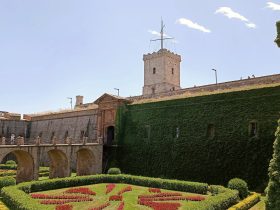

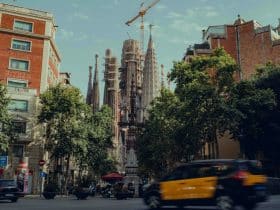
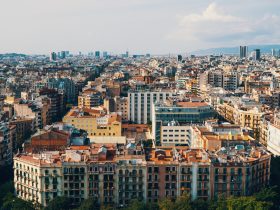

















Leave a Reply
View Comments